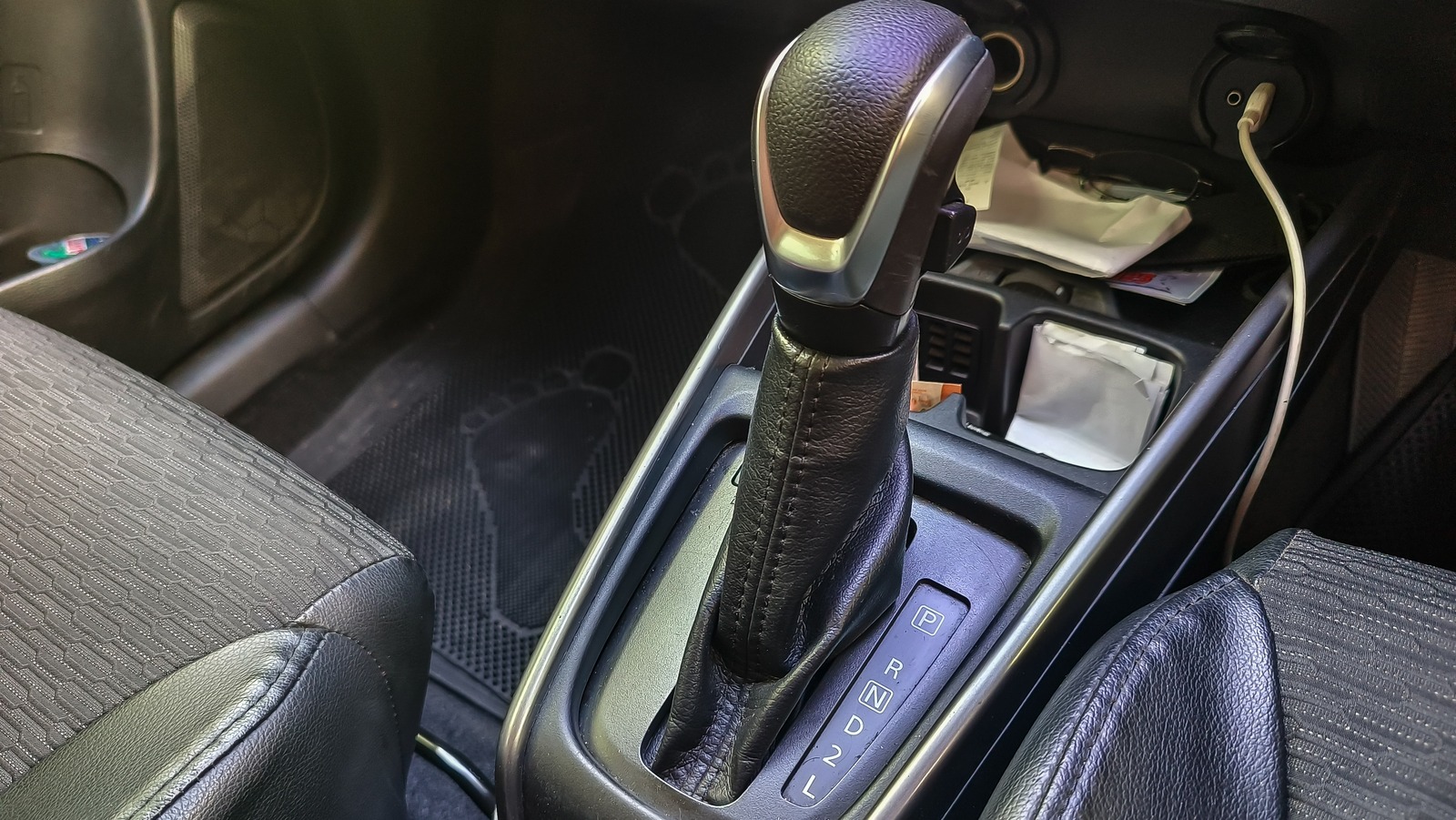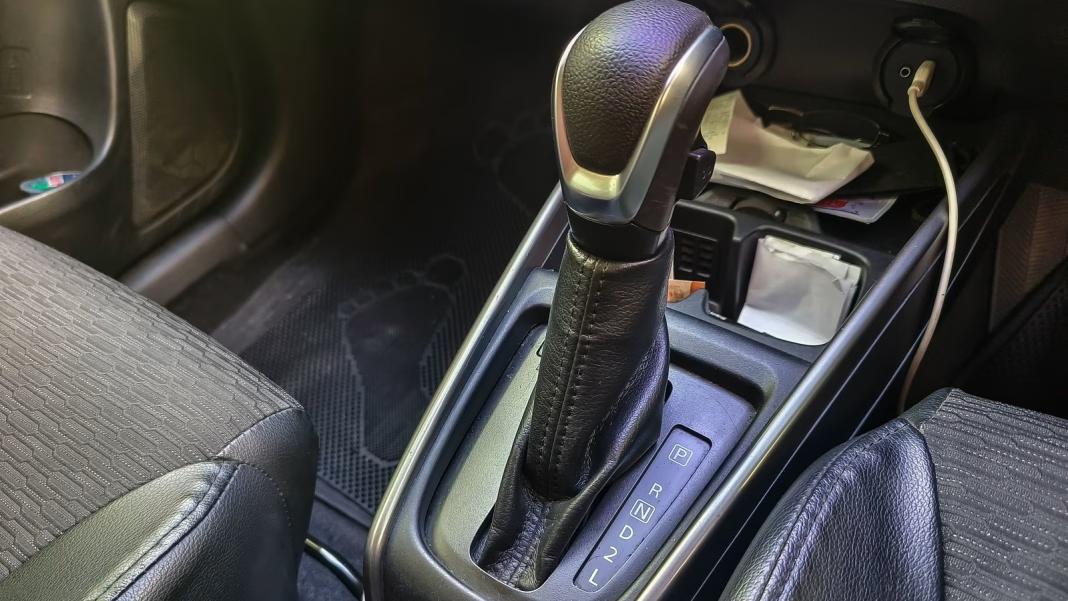What Does the L on My Gear Shift Actually Mean?
Ever glanced down at your gear shifter and wondered what that mysterious L stands for? You’re not alone. For many drivers, especially those who’ve always left their automatic transmission in Drive, the L can seem like a cryptic leftover from a bygone era. But there’s a reason it’s there—and knowing when to use it can make a real difference in how your car handles tricky situations.
When Should I Use the L Gear Instead of Drive?
Think of the L as your car’s “low gear.” It’s designed for moments when you need more control over your speed and power, rather than just cruising along. For example, if you’re inching down a steep hill, switching to L helps your engine do some of the braking for you. This is called engine braking, and it means you won’t have to ride your brakes the whole way down—a move that can save your brake pads from wearing out prematurely.
Another time L comes in handy? When you’re stuck in mud or snow. By keeping your car in a lower gear, you get more torque and less wheel spin, which can help you crawl out of a sticky spot without digging yourself in deeper. It’s also useful for towing heavy loads, especially when starting from a stop or climbing a hill. The extra power at low speeds can make a tough job feel a little less daunting.
How Does the L Gear Actually Work?
In technical terms, shifting to L limits your transmission to its lowest gear (or sometimes the lowest two gears, depending on your car). This means your engine revs higher before shifting up, giving you more pulling power and better control at low speeds. It’s the opposite of what happens when you’re in Drive, where the transmission automatically shifts up to higher gears for efficiency and smoothness.
Most modern automatics are smart enough to protect themselves, so you won’t accidentally damage your engine by using L when you don’t need it. Still, it’s best reserved for those moments when you really need that extra grunt or control.
Are There Downsides to Using L Too Often?
You might be tempted to leave your car in L all the time, thinking it’ll give you more power or better performance. But here’s the catch: driving in L at high speeds causes your engine to work harder than necessary, burning more fuel and potentially increasing wear over time. It’s a tool for specific situations, not everyday driving.
According to the Car Care Council, using low gear as intended can extend the life of your brakes and transmission, but overusing it can have the opposite effect. So, treat it like the secret weapon it is—break it out when you need it, then switch back to Drive for the daily grind.
What If My Car Has Different Labels or Modes?
Not every car uses the letter L. Some use numbers (like 1 or 2), or even have a separate “manual” mode where you can select gears yourself. The principle is the same: lower gears mean more control and torque at low speeds. If you’re ever unsure, your owner’s manual is your best friend. It’ll spell out exactly how your transmission works and when to use each setting.
Real-World Example: Saving Your Brakes in the Rockies
Picture this: you’re driving through the Rocky Mountains, faced with a long, winding descent. You could ride your brakes the whole way down, but by the time you reach the bottom, they might be smoking. Instead, you pop the shifter into L, let the engine do some of the work, and cruise down with confidence. The result? Pure magic. Your brakes stay cool, and you stay in control.
The Big Takeaway
That L on your gear shift isn’t about perfection—it’s about smarter adjustments. Start with one change this week, like using L on your next steep hill or when you’re stuck in snow, and you’ll likely spot the difference by month’s end. Sometimes, it’s the small tweaks that make driving safer and smoother.


